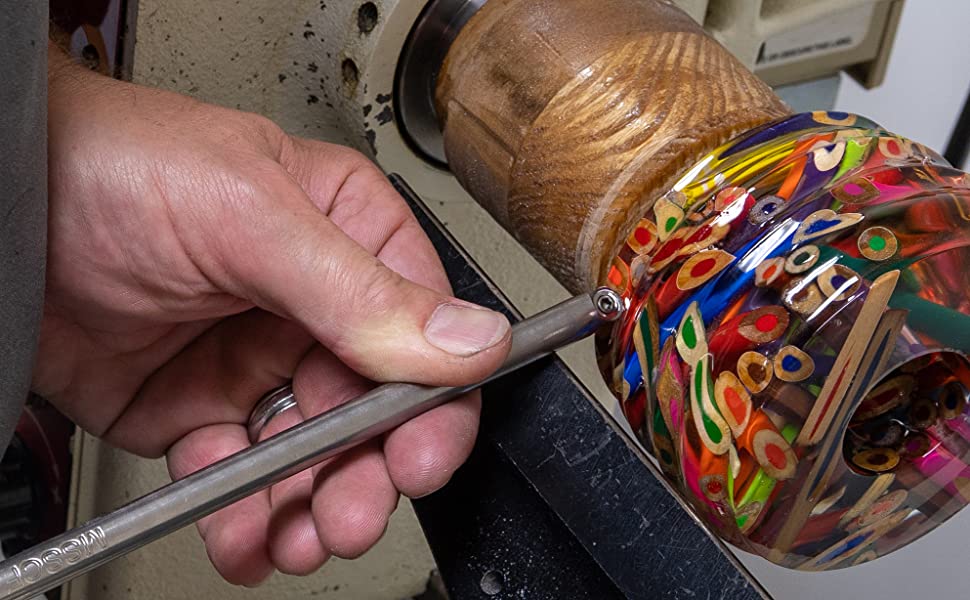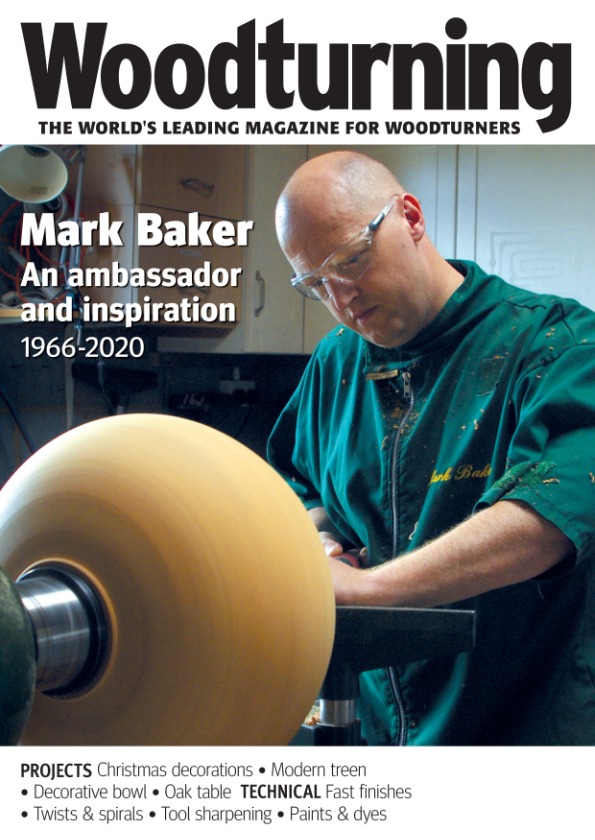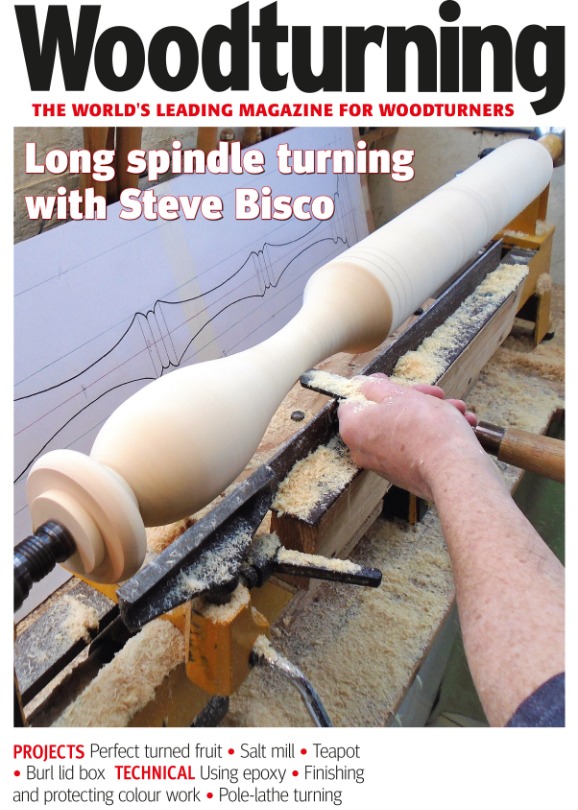
There are many types and styles of turning tools. Some tools are made out of Carbide, others use HSS and Skew. A turning tool should be sharpened properly to maximize its cutting power. For new turners, sharpening their own tools is a frustrating process. Some vendors offer tools that have replaceable carbide inserts. Traditional tools are preferred by many skilled turners, who prefer them because they provide a more consistent cutting surface and allow for more types of cuts.
Carbide
When working on a wood project, it can be very helpful to have a few different types of Carbide turners tools on hand. There are two options: the Savannah Large Carbide Turning Tool or a smaller version. The Savannah Large Carbide Turning Tools is ideal for wood-turners of all levels. The Savannah has a rotatable cutting head that eliminates the need for constant sharpening. The Savannah also has solid carbide, which will make the tools sharper for a longer time than traditional steel.
While the features of different carbide turners tools are similar, their uses can be quite different. These carbide inserts are commonly referred to by the term "square-edged" tool. The carbide inserts with square edges will be most effective at fastening and removing large materials. While the inserts with slightly rounded edges will give the product a smooth finish,
HSS
You can sharpen the HSS tools by using diamond hones. HSS turners tools can be quickly sharpened with diamond hones. Preferences can vary when sharpening HSS and carbide scrapers. Some turners prefer the small burrs that are created by grinding wheels over hones. This will depend on what type of turning you do, and the style of your tool.

Carbide tools take less time to learn than HSS-turners tools. The majority of woodworkers are familiar with the carbide turning tools and will be impressed at a beginner woodworker who uses them. HSS tools produce longer, curly shavings. Carbide tools produce smaller shavings. Both of these materials are also reused to fill holes in natural wood stock. They can also be used to increase cutting speeds. But if you are just starting out, a carbide tool may be the right choice.
Skew
Most skew turning machines use a factory ground skew which is often blunt. A good bevel angle is 25 degrees for softwoods, and 60-70 degrees for hardwoods. A cheap HSS blank can be used to make a round skew. This will save you money. These tools are great for small items such as pens. However, they can also be useful for larger items. In this article, we'll discuss some important tips for sharpening skews.
To cut beads, you will first need a skew. This tool should be held with the heel of the hand. During cutting, it is crucial that the heel of this tool contact the tool rest. You should get instruction and practice if woodturning is new to you. You can create a great skew with practice. Below are some useful skew-turner tools.
Adjustable sharpening jig
Buying a set of turning tools does not mean that you have to spend time and money sharpening them. Many tools can be purchased already sharpened. You may also find tools with replaceable carbide inserts. Many experienced turners do not recommend buying these tools. Traditional tools are considered more reliable, have better finishes on wood and are cheaper over the long term.
Bench grinders are the best method to sharpen turning tools. This may work for older tools, but it will not replicate a sharpened one. A bench grinder takes practice and a skilled hand. Reshaping a piece or wood requires time and effort. It can be difficult to duplicate the shape and sharpness of an existing tool with a bench grinder, and the end result is a dull tool. A adjustable sharpening Jig is the best tool for such cases. It will maintain your tool in its correct position and copy its shape every time, giving you a perfectly finished tool.
CBN grinding wheels

CBN-based grinding wheels are great for turners. They have many benefits including strength and durability. You can order these grinding wheels in different sizes to fit different spindles. The diameters can be ordered individually, and they are typically 40 mm wide, with a 32 mm hole. Some models require shims to fit the spindle size.
CBN wheels can be durable and compact. They also slice through carbide. The strong and lasting bond between the grains of carbide and the hub makes them long-lasting and durable. However, some metals are too soft for CBN wheels and can clog them, reducing their grinding power. These materials could reduce the lifespan of CBN wheels so be careful. Avoid using these tools to grind ferrous metals.
FAQ
What time does it take for furniture to be finished?
It depends on the size and condition of the furniture. Boxes and picture frames are small projects that can be completed in one day. Larger projects like dining tables and desks require several days. It takes time for the wood to be stained and sealed properly.
How can a beginning woodworker make a living?
Many people learn how to make furniture in order to set up an online business. There are other ways to make money if you're just starting out building furniture than selling on Etsy. You can sell at local craft fairs. For those who want to build their own furniture, you might offer workshops. If you have experience as a carpenter or builder, you might consider offering services such as remodeling homes or creating custom pieces for clients.
Which material would you recommend for woodworking lessons?
You can start with softwoods like pine or poplar. You will feel more comfortable with these softwoods, so you can move onto hardwood.
Are there any tips for starting a woodworking enterprise?
It can be difficult to start a woodworking shop. If you are passionate about your hobby, it will not be difficult to put in the work. You'll enjoy the challenge and rewards of owning your own business.
It is important to remember that unexpected problems may arise when you start a new venture. For instance, you might run out of money unexpectedly. Perhaps customers won't pay you as much as you had hoped. To survive, you'll need to be prepared for such situations.
One tip is to have a separate banking account for your company. You'll be able to track how much money comes in and out.
What kind wood should I use for my project?
There are many wood types that are used in woodworking, including oak, maple and birch. Each wood type has its own characteristics which affect the final product's appearance and feel. For example, oak tends to be darker and harder than other woods. Birch, which is lighter and soft, is more heavy than mahogany. You also have the option of solid wood or veneers. Veneers can be described as thin sheets of wood that have been glued together in one layer.
Are you a genius in order to master woodworking?
No. Woodworking is not rocket science. You can create beautiful pieces of art by learning how to use simple power tools.
How much money does a hobbyist have to put into getting started?
It is likely that you will need some capital in order to buy the required tools and supplies if your goal is to open your own woodworking business. It's a good idea to buy a small tablesaw, drill press and circular saw. These items don't cost much so they won't break your budget.
Statistics
- Most woodworkers agree that lumber moisture needs to be under 10% for building furniture. (woodandshop.com)
- Woodworkers on the lower end of that spectrum, the bottom 10% to be exact, make roughly $24,000 a year, while the top 10% makes $108,000. (zippia.com)
- If your lumber isn't as dry as you would like when you purchase it (over 22% in Glen Huey's opinion…probably over 10-15% in my opinion), then it's a good idea to let it acclimate to your workshop for a couple of weeks. (woodandshop.com)
- In 2014, there were just over 237,000 jobs for all woodworkers, with other wood product manufacturing employing 23 percent; wood kitchen cabinets and countertop manufacturing employing 21 percent. (theartcareerproject.com)
External Links
How To
How to make wooden joints
This tutorial will teach you how to join two pieces wood together. We will be using the "pocket-hole joint", which involves drilling holes in wood and then gluing them together. If your wood has a straight grain, smooth surface, you can use this method. If your wood isn't straight or flat, you might want to try another method, such as dowel joinery. These are the steps
-
Drill Pocket Hole Joints. Start by measuring and marking the spot where the pocket hole joint will be placed. Then drill 3/4 inch deep holes into the ends of each piece of wood using a jig saw or handheld drilling machine.
-
Sand Smooth. The wood's edges can be sanded to prevent splitting.
-
Glue Together Apply glue on both sides of the wooden plank. Let the wood sit for 5 minutes, then clamp it together.
-
Fix the Pieces together. Once the glue has dried, clamp the pieces together so they are flush.
-
Trim Joinery. After the glue dries, trim any excess wood around your joint.
To be able to turn the pieces inside-out, leave enough room between them.